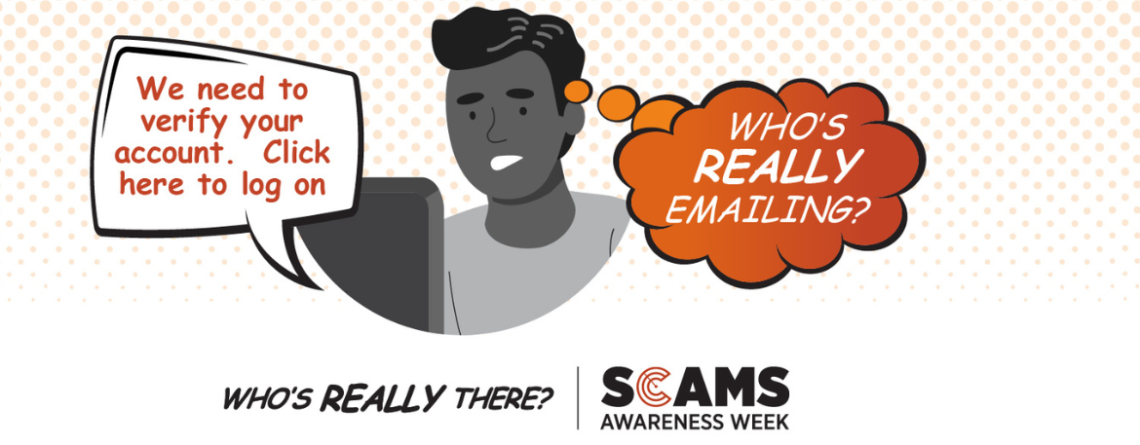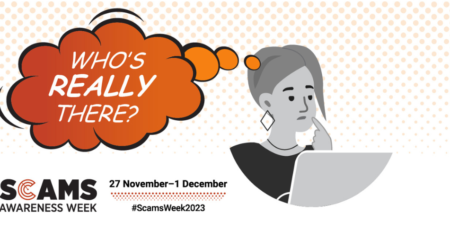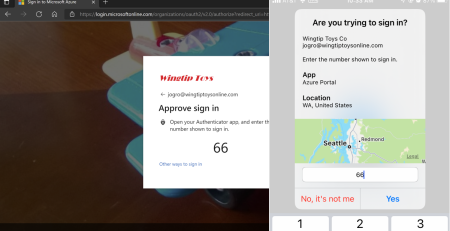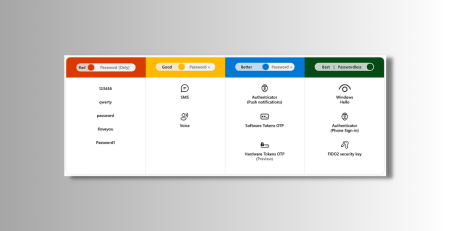Unmasking Microsoft Impersonation Scams: A Guide to Stay Safe Online
Scams have become an unfortunate reality that continues to grow very quickly. Topics are very diverse in both professional and personal areas, including Microsoft impersonation scams, which have become a significant threat. As a matter of fact, Microsoft impersonation scams are the third category of scams affecting those aged 55 and over, with $7,061,702 reported as lost according to Scamwatch reports by September 30, 2023. This year, this age group accounted for 56% of total losses to impersonation scams.
It is crucial for individuals and businesses alike to enhance their scam awareness to navigate the online landscape safely. In this blog, we will delve into the intricacies of Microsoft impersonation scams, providing examples, insights, and proactive measures to fortify your defences.
Understanding Microsoft Impersonation Scams:
Microsoft impersonation scams involve scammers posing as representatives of Microsoft, a reputable and widely used technology company. These scams can manifest through various channels, such as emails, phone calls, or even fake websites that convincingly mimic Microsoft’s official platforms.
Common Examples of Microsoft Impersonation Scams:
- Fake Support Calls:
Scammers can use technology to make their calls appear to come from a legitimate phone number, and may cold-call individuals, claiming to be from Microsoft support, alerting them about alleged issues with their computer or software. They may request remote access to the computer under the guise of resolving the supposed problems, but their true intent is often malicious.
- Phishing Emails:
Individuals may receive emails that appear to be from Microsoft, notifying them of security breaches, software updates, or account issues. Emails can be sent with fake sender addresses to appear to come from trusted sources. These emails typically contain links that, when clicked, lead to fake login pages designed to capture sensitive information.
- Tech Support Pop-Up Scams:
While browsing, users may encounter pop-up messages warning of malware or system errors, urging them to call a provided number for immediate assistance. The scammers on the other end may demand payment for unnecessary services or gain remote access to the user’s system.
Protecting Yourself from Microsoft Impersonation Scams:
- Verification: Authentic Microsoft communications will never ask for personal information, passwords, or payment details. Verify the legitimacy of any unexpected communication claiming to be from Microsoft.
- Be Sceptical of Unsolicited Calls: Microsoft does not make unsolicited calls about computer issues. Hang up on any unexpected calls and verify the legitimacy of the contact through official channels.
- Email Vigilance: Check the sender’s email address for authenticity. Avoid clicking on links in emails; instead, go directly to Microsoft’s official website by typing the URL in your browser.
- Use Official Channels: If you receive an alarming message, contact Microsoft directly through their official customer support channels to validate the information.
Reminder, always take a step back and follow these 3 steps:
- Stop – Don’t give money or personal information to anyone if
- Think – Ask yourself, could the message or call be fake?
- Protect – Act quickly if something feels
Scam awareness, especially concerning Microsoft impersonation scams, is paramount in safeguarding personal and financial information. By staying informed, exercising caution, and adopting proactive measures, individuals and businesses can effectively thwart the attempts of scammers.
Remember, Microsoft will never ask for sensitive information through unsolicited calls or emails.
Stay vigilant, stay informed, and stay safe online.










